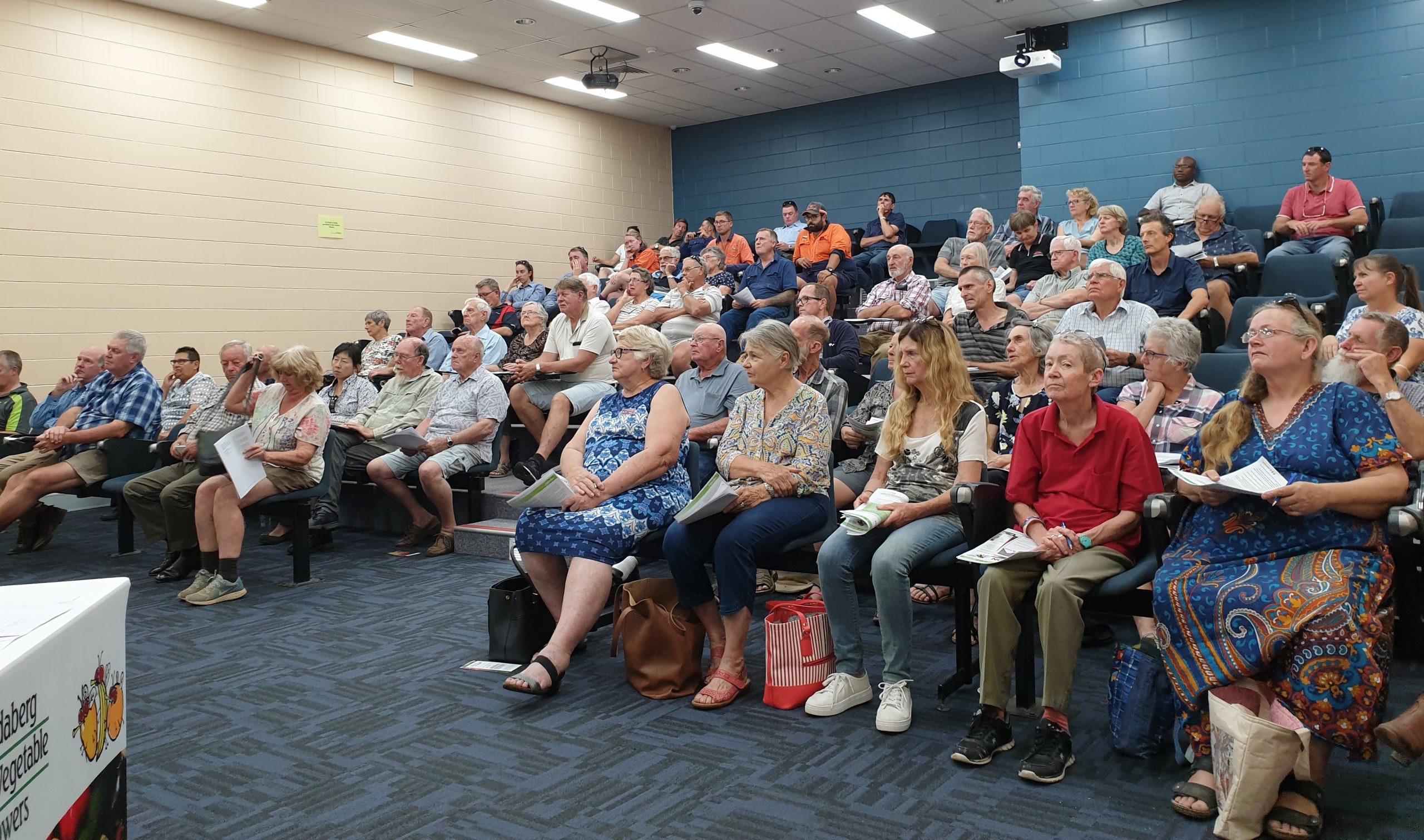Establishing networks between veg growers and wider industry
Bundaberg Fruit and Vegetable Growers (BFVG) is the voice for fruit and vegetable growers in the Bundaberg and Wide Bay- Burnett regions. It also facilitates the VegNET – Wide Bay-Burnett project, an investment that keeps vegetable growers informed about current R&D activities, results and resources. BFVG Managing Director Bree Grima provides a project update.
Queensland grows approximately 30 per cent of Australia’s vegetable production. A major contributor to this production is the Wide Bay-Burnett region, which enjoys a sub-tropical climate and annual rainfalls between 850 to 1,150 millimetres. This is across the 48,598 km² region encompassing five local government areas. The vegetable industry in Bundaberg alone is valued at more than $237 million, covering approximately 6,000 hectares, and produces a diverse range of vegetable crops, including capsicum, corn, beans, pumpkin, zucchini, Brussels sprouts and chilli. These vegetables are produced by more than 100 growers across the region.
Due to the diverse nature of crops and year-round growing conditions, producers actively seek information to assist in the productivity and profitability of their businesses. The VegNET – Wide Bay-Burnett project, delivered by regional grower group Bundaberg Fruit and Vegetable Growers (BFVG), has been perfectly placed to assist with this.
From large forums with over 80 people in attendance discussing the impact of fruit fly, to smaller groups discussing specific chemical requirements of vegetable crops, the project has remained nimble to ensure information delivered is practical and informative. The project also provides producers with the opportunity to speak directly to researchers and R&D programs, which encourages the uptake of new technologies and procedures to aid in best-management practice.
Biosecurity matters
Focusing on specific pillars of information for producers has allowed the program to target issues and opportunities relevant to the region. Biosecurity remains a priority for producers, and their experiences with pest incursions in recent years ensures this will continue to be the case. From cucumber green mottle mosaic virus appearing in January 2017 and the impacts of green peach aphid to the recent detection of fall armyworm, producers need to remain vigilant with in-field monitoring to detect and report anomalies.
To capture population samples for green peach aphid, the VegNET team – together with Cesar – provided pest trap kits to producers that included a simple plastic container, an ice brick and sample collection details. Producers and agronomists picked through infested areas to collect aphids and placed them into the container along with a small sample of vegetation. These kits were then returned to Cesar, with the ice brick to keep the sample cool for analysis. Scientists were interested in tracking the extent of insecticide resistance in Australian green peach aphid populations and investigating the genetic mechanisms of resistance evolution.
Connecting industry
Encouraging producers to play an active role in programs such as VegNET is vital to ensure regional statistics are captured. It also allows the expertise of researchers, including those from Cesar, to stay connected to the region.
The VegNET program, and the grower representative groups that deliver it, play a key role liaising between producers, who place trust in their local grower group and researchers from outside the region. This ensures producers have every opportunity to expand their knowledge on relevant topics and apply this in a practical way, thereby increasing their productivity and profitability.
BFVG is extremely pleased to be delivering VegNET Stage 2 and will continue to build the dynamic relationship between producer and R&D over the next 18 months.
Find out more
Please contact Bree Grima at bree.grima@bfvg.com.au or phone the BFVG office on 07 4153 3007.
Regional capacity building to grow vegetable businesses – Wide Bay-Burnett is a strategic levy investment under the Hort Innovation Vegetable Fund.
This project has been funded by Hort Innovation using the vegetable research and development levy and contributions from the Australian Government.
Project Number: VG19009

